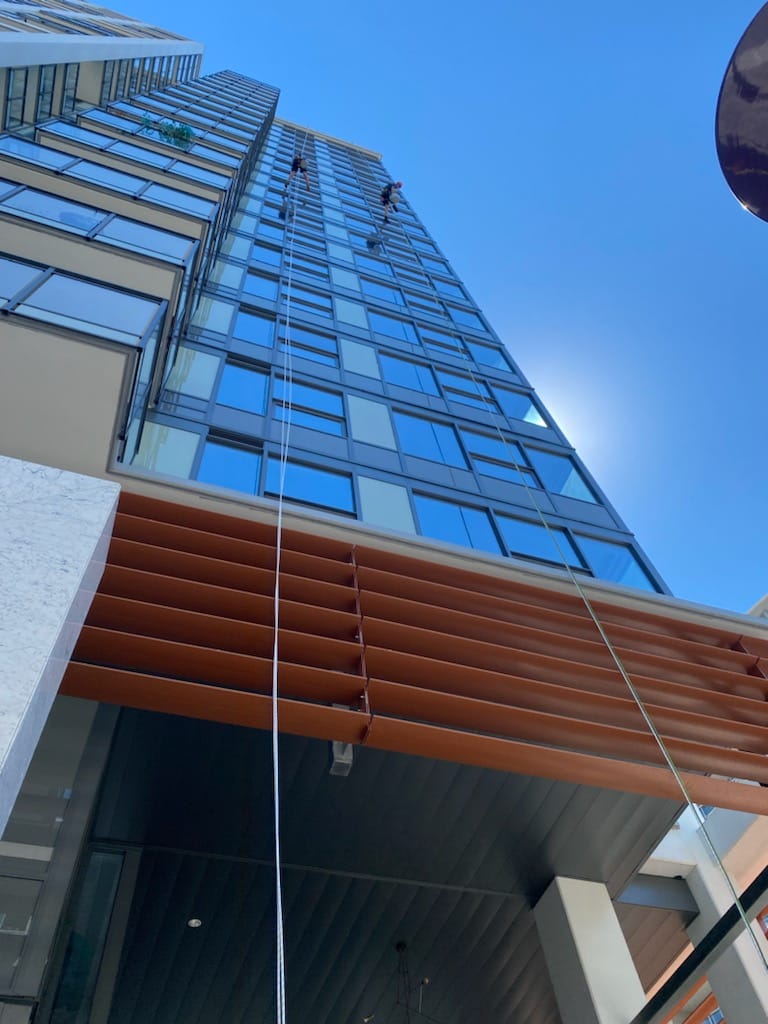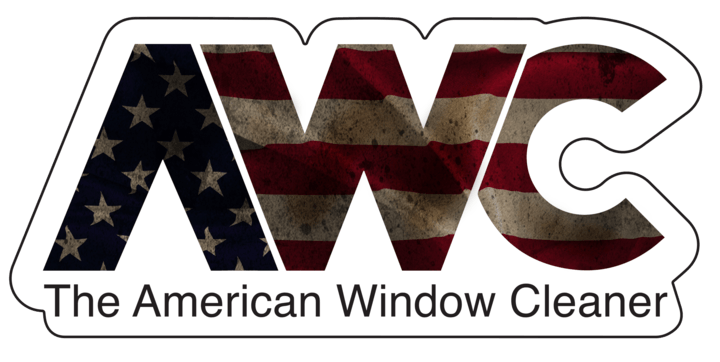When establishing a safety program in your company, you must have the 6 pillars established. These pillars will help guide you in creating and keeping the culture of safety alive in your company.
1. Safety Manual
A safety manual is essential as it is the culture you are trying to establish. What do you want your employees and your customers to know about the safety program? How do you handle things? What are the procedures for each category of safety? Etc. Etc. It is impossible to start a program without first laying out the expectations. Once this is done, it is important to make sure that all current and new employees understand the manual and the expectations laid out in it.
2. Training
OSHA expects employers to provide training on any equipment and the hazards associated with the job. This can be done in various ways and can be done in-house or by a third party. Look at the job functions that each employee will be doing and then establish what training needs to be covered. For instance, if you have employees using ladders, ladder safety training is a must. Repeat this for all hazards that are associated with the job. Also, a good practice is to have the employee sign off on the training, or a third party will often issue a certificate of completion. Keep this on file in case you must prove your training.
3. Job Hazard Analysis

Credit: Joe Verbakel
A JHA is provided to employees to warn them of the potential hazards associated with a specific Jobsite. The employer again has the responsibility of providing for the well-being of its employees. So a JHA is a way that the employer can guide and direct safety on a Jobsite. An effective JHA will contain a list of hazards associated with a Jobsite, the possible negative outcome of the hazard, and how to eliminate or mitigate the hazard.
4. Weekly Safety Meetings
These meetings are important, and they serve to not necessarily train employees but reinforce the training they have already had. Let’s face it we all need reminders! We get busy and rushed, and when we do, we can take shortcuts that might affect our safety. Weekly safety meetings help to do this. Having brief safety meetings each week helps keep the culture you established back in the safety manual at the forefront of everyone’s mind. They need not be lengthy and, if possible, include comments for your employees.
5. Pre-Work Inspections
Every manufacturer of fall protection equipment and PPE, in general, require that the worker do a brief inspection of the equipment before use. We all say we do it, but is it documented. If you were to have an accident on a ladder, for instances where the rung was broken, could you prove that the employer didn’t send that ladder out that way? Pre-work inspections are what solve that. Everyone should document that their equipment is in good working order before work begins.
6. Worksite Verification
A verification of safety is important, especially with mobile service contractors. The reason is simple. Even the best programs need checks and balances. It is possible to have a safety manual, conduct safety meetings, and all the above and the employees not acting safely in the field. How do you know that the culture you have established is being practiced? You check up and see! This can be done by job site inspections, near-miss reporting, rigging inspections, etc. Many work comp companies want to do worksite visits to ensure what you say you’re doing is what you are doing. So why not establish an internal program to know how employees are performing.
Setting up Safety Program for your company can seem daunting, but if you just start one pillar at a time and start building, it is possible. There are also third-party agencies such as ours that can help and automate the whole thing for you. Contact us at ExpertSafetyServices.com if you would like help. Regardless of how you do it, you as an employer have the responsibility to Plan the work, Provide the right equipment, and Train your employees on the equipment and the hazards.
“BE SAFE OUT THERE!”
-By Michael Draper


If I were looking for ways to make my company safe and compliant, this article provides some very understandable steps to accomplish this. Yes, there are follow-up steps that have to be completed, but as the article’s title states, these are 6 pillars to build upon.
The IWCA Convention occurred just last week, we had a substantial number of safety training attendees and certifications being earned. As Mike’s article points out, we’re here for you as the IWCA along with other training resources, we’re committed to everyone being safe and compliant.